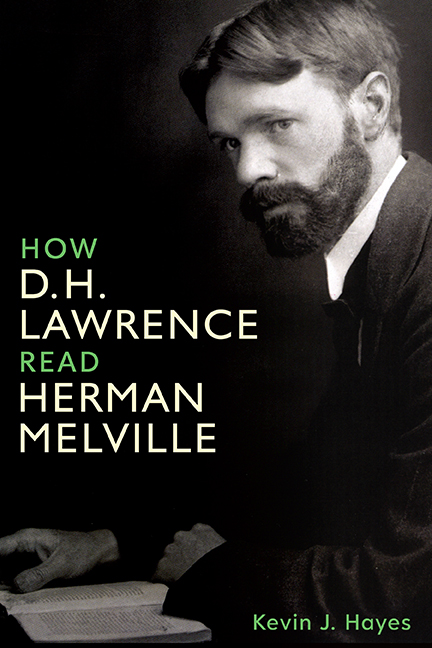Book contents
- Frontmatter
- Dedication
- Contents
- Acknowledgments
- Preface
- List of Abbreviations
- Introduction
- 1 An English Midlands Bookshelf
- 2 An Archway into the Future
- 3 Everyman and the Dead Narrator
- 4 How Moby-Dick Shaped Women in Love
- 5 A Little Hesperides of the Soul and Body
- 6 The Symbolistic All-Knowledge
- 7 The Melville Centenary
- 8 Typee under Etna
- 9 Two Days in Tahiti
- 10 The Voyage Home
- Index
2 - An Archway into the Future
Published online by Cambridge University Press: 26 May 2022
- Frontmatter
- Dedication
- Contents
- Acknowledgments
- Preface
- List of Abbreviations
- Introduction
- 1 An English Midlands Bookshelf
- 2 An Archway into the Future
- 3 Everyman and the Dead Narrator
- 4 How Moby-Dick Shaped Women in Love
- 5 A Little Hesperides of the Soul and Body
- 6 The Symbolistic All-Knowledge
- 7 The Melville Centenary
- 8 Typee under Etna
- 9 Two Days in Tahiti
- 10 The Voyage Home
- Index
Summary
After successfully completing his coursework and passing the teacher certificate exams at University College in Nottingham, Lawrence obtained a teaching position in Croydon. Sometimes derided as London's punchline, Croydon was not without literary appeal. The public library helped broaden Lawrence's reading, and he could also visit bookshops and attend book auctions. Jesse Chambers recalled: “He was a diligent searcher of the second-hand bookstalls and barrows in Surrey Street, Croydon.” The books Lawrence bought reveal literary tastes he shared with Melville. Learning that his local bookseller did not stock Balzac's Eugénie Grandet, Lawrence special ordered a copy for himself. He enjoyed shopping for books so much he volunteered to help build the collections of his school's library. At one auction he obtained a copy of Sir Thomas Browne's Religio Medici for it.
Croydon's proximity to London created more opportunities. Lawrence now lived only ten miles from the city center, close enough to let him join its literary scene. Although he was poised to meet editors, publishers, and writers who could advance his writing career, the demands of the classroom left him little time to write. But slowly he approached his dream: to leave the teaching profession and make his living as a writer.
Many of the litterateurs Lawrence encountered in person or in print during the 1911–15 period were instrumental to the Melville revival. Some—Edward Garnett, W. H. Hudson, E. V. Lucas, John Masefield—published forward-thinking essays that anticipated the revival, which would not begin in earnest until the Melville centenary in 1919. Others—Viola Meynell, John Middleton Murry, J C. Squire, Grant Watson—would become significant figures in the revival. Once it was underway, more writers—Richard Aldington, E. M. Forster, Catherine Carswell, Donald Carswell—would identify similarities between Lawrence and Melville. Although the 1911–15 period antedates Lawrence's writings about Melville, a biographical survey of the period can help explain the attraction.
The short stories Lawrence contributed to English Review caught the attention of Richard Garnett's younger son Edward. As the British representative for Century, a leading American magazine, Edward Garnett was seeking potential contributors. In 1911, he asked Lawrence about any unpublished short fiction that would be appropriate for Century. His request triggered the start of the single most important professional relationship in Lawrence's literary development.
- Type
- Chapter
- Information
- How D. H. Lawrence Read Herman Melville , pp. 25 - 44Publisher: Boydell & BrewerPrint publication year: 2021

